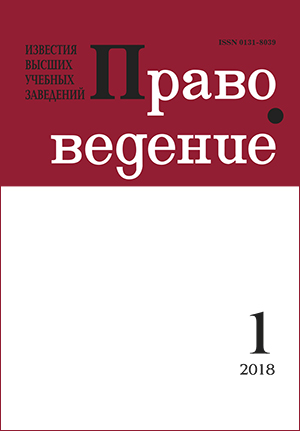Treaty on prohibition of nuclear weapons 2017 and prospective of his application
DOI:
https://doi.org/10.21638/11701/spbu25.2018.102Abstract
The article analyzes content and consequences of the Treaty on prohibition of nuclear weapons, which was opened for signing in September 2017. This Treaty for the first time prohibits to the states, which would ratify it, use of nuclear weapons and demands annihilation of all nuclear weapons. But it is very improbable that states, which possess now nuclear weapons, would ratify this Treaty and so the main goal of this Treaty — liquidation of all nuclear weapons on Earth — would not be achieved in the near future. But even so this Treaty has considerable political and juridical meaning. After his entering into force instead of now existing four regional nuclear-free zones would be created united, global nuclear-free zone, to which could join states from the regions, where such zone does not exist, for example, neutral states from Europe. Also after the entering of this Treaty into force use of nuclear weapons against any of the states-parties to this Treaty or on the territory of such state might be considered by this state as an international crime, and persons, which had given order for such use and persons that had fulfilled such an order might be considered as war criminals. Also use of nuclear weapons on the territory of states-parties to this Treaty might fall under the jurisdiction of the International Criminal Court. In the end author comes to the conclusion that a full prohibition of nuclear weapons could be only achieved as a result of long process and that the conclusion of analyzed Treaty may be a part of such a process.
Keywords:
law of international security, nuclear disarmament, international treaty, prohibition of arms of mass destruction, nuclear-free zones
Downloads
References
Downloads
Published
How to Cite
Issue
Section
License
Articles of "Pravovedenie" are open access distributed under the terms of the License Agreement with Saint Petersburg State University, which permits to the authors unrestricted distribution and self-archiving free of charge.




